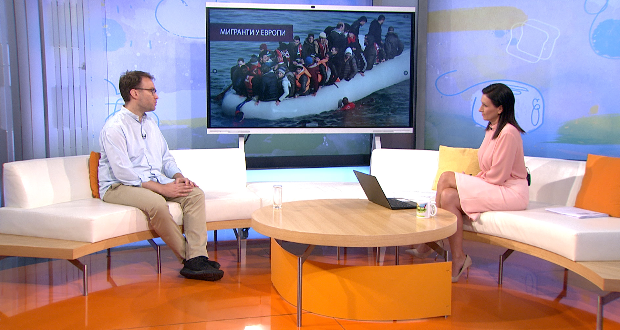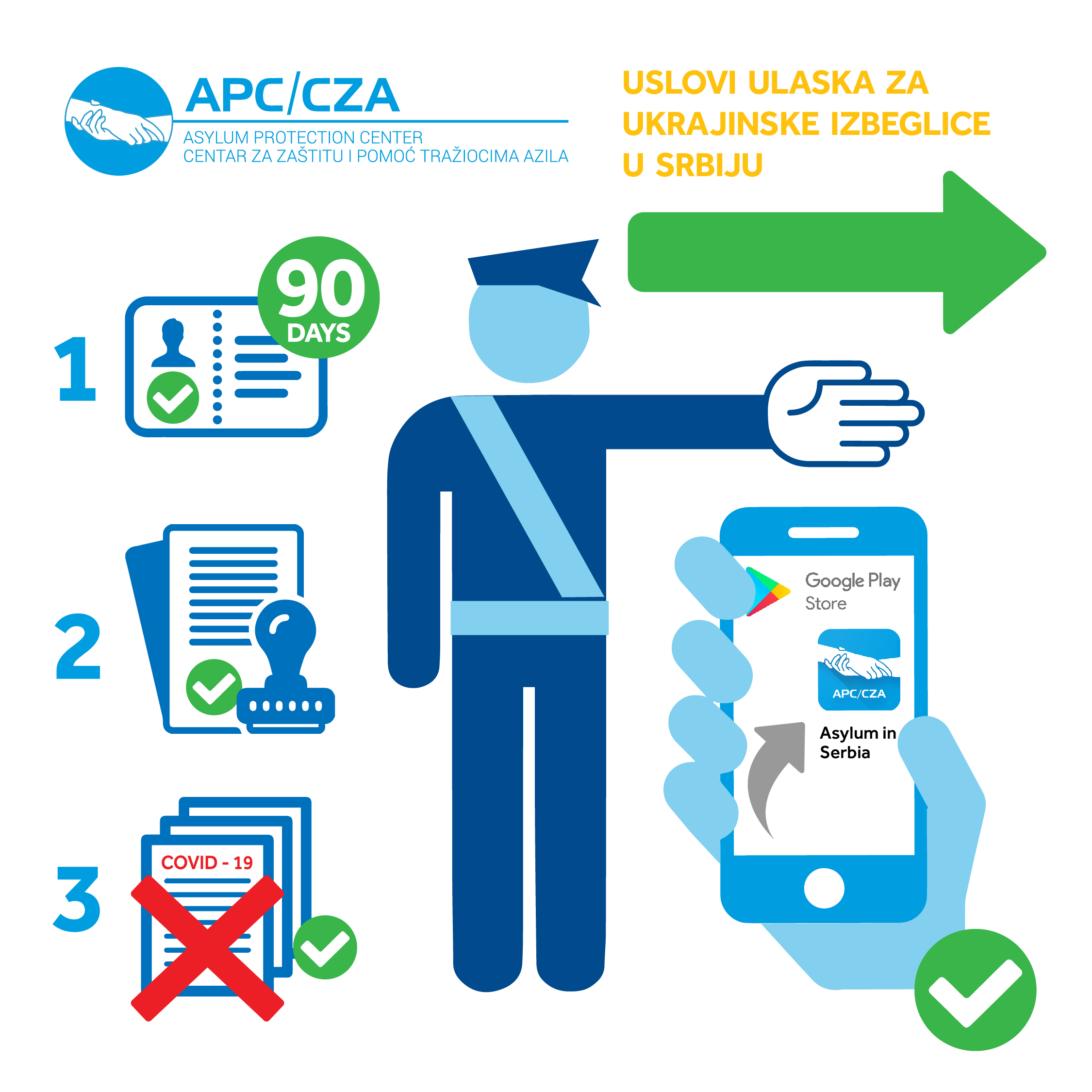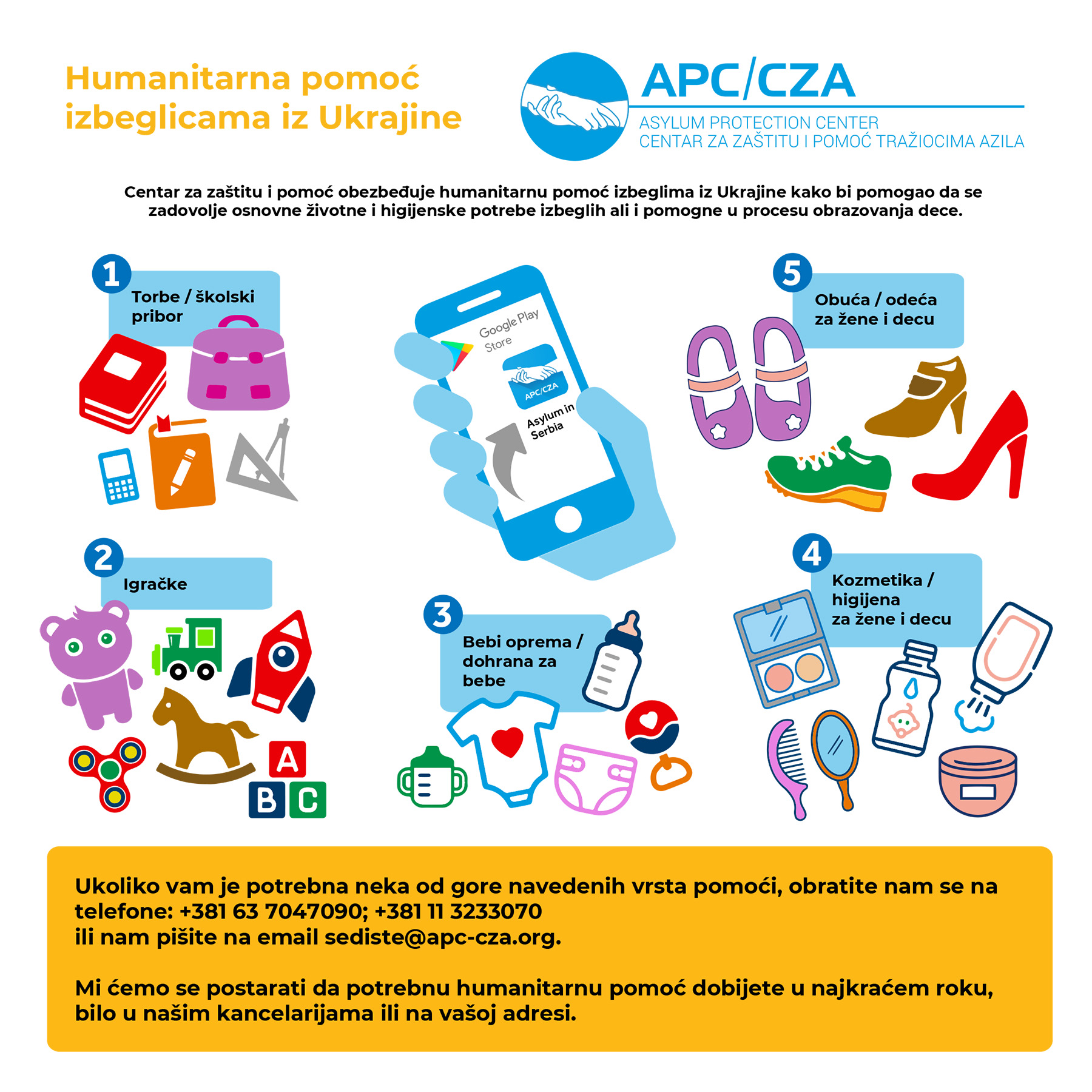Source: RTS
Video: RTS
Belgrade, August 15, 2023– Radoš Đurović, executive director of Asylum Protection Center, points out for RTS that there are around 5,000 migrants in Serbia at any given time, most of them from Syria. Sooner or later, they leave our country with the help of smugglers. About a hundred smugglers are active in the border area with the north. Because of the fence that exists and the pushing of those people back from Hungary, Serbia has a big problem, because this way smuggling only gets stronger. In addition to the border with Hungary, Croatia and Romania, Đurović points to the migrant direction that goes towards Bosnia and Herzegovina, often via Kosovo and Metohija, Raška, and then western Serbia further towards Bosnia. It is an alternative route for migrants.
The migrant crisis does not stop. In the UK, it is being considered for migrants who are located on the Channel coast to be relocated to Rwanda and other remote countries. Last week, 41 migrant died in a shipwreck off the Italian island of Lampedusa, and in the latest accident off the coast of Tunisia yesterday, five died while seven migrants are missing. At the same time, clashes between migrants near Subotica occured again.
Đurović says it is difficult to estimate at any given time, but according to estimates, between 100 and 150 migrants enter Serbia daily from the direction of North Macedonia, and a similar number from the direction of Bulgaria. At least 150 people come to the north of the country by bus, even by official public transport.
“So we don’t include those who are transported to the northern border with the help of smugglers and according to rough estimates, somewhere around 5,000 people are in the country at any given time. A large number are entering and a large number are trying to leave. In the end, the conclusion is that sooner or later they all leave Serbia with the help of smugglers,” Đurović specified.
In addition to Subotica, the north of the country, Sombor, Horgoš and places along the border with Hungary and Croatia and Romania, it indicates the direction that goes towards Bosnia and Herzegovina, often via Kosovo and Metohija, Raška, and then western Serbia further towards Bosnia and this is an alternative to migration across the north.
Why smugglers clash
He points out that the conflicts are between those who smuggle people and that these are groups of smugglers who earn huge money by transferring people across our border to EU countries.
“Absurdly, the more unsuccessful these attempts are, the more money these people make. Illustratively, on the example of Hungary and Serbia. People try to reach Hungary every day. The Hungarian authorities catch them and then push them over the fence back to Serbia. This happens even in hundreds. When those people come back, there is not enough capacity in the north of the country to accept all those people,” Đurović points out.
He explains that smuggling chains are very complex, highly organized groups that have different levels of their work and types of people involved in them. And among the migrants there are those who recruit for those smuggling groups.
“I would say that several hundred of them are active in the area of our border with the north. And what we see in public, we only see shootings and those incidents that seem odd and unexplainable to people who are not on the field. It has its own explanation. Absurdly, because of the fence and pushing people back from Hungary, we have a big problem with smuggling, because it is getting stronger,” Đurović pointed out.
What the smugglers offer
He states that there are often several thousand people along the border of the area in the north and then they end up in the forests, but there can be also found smugglers who offer them help.
The help, he explains, is in the form of alternative accommodation, food and, the most important, the smugglers try again to transfer them back.
“Of course, all of this costs money and people give money to smugglers every day. Unlike drug or arms smuggling, where the goods end up somewhere finally, you can smuggle the same people, you can smuggle them as many times as necessary. So in the end, based on the the conclusion from the field, these people succeed. There is almost not one person who has been stuck in Serbia and has not been able to cross the border. Only the price is high,” emphasizes the executive director of Asylum Protection Center.
Often, this does not mean that people pay with money, he says, because they often do not have it, so in that case smugglers exploit them.
“When people cannot pay immediately, they yet end up in destination countries. Either by working for years on the gray market, or by being involved in chains of exploitation, sexual exploitation, prostitution. Either by boys or minors being involved in criminal gangs who operate in the Western countries, in big cities. So there is always a way to pay for this costly and risky service of smugglers,” Đurović states.
Most of the migrants are from Syria
Compared to previous years, when most migrants were from Afghanistan, he points out that now the majority of people who reside in Serbia are from Syria, about 60 percent.
These people, he says, do not come here directly from Syria, but often stayed in Turkey for a long time.
“And according to statistics, Turkey has over 3.6 million refugees that it accepts. Those who can, pay for children, for minors, so that they can move on at first, or with their families they often try to reach Serbia as well. This is a novelty compared to before, when most people were from Afghanistan, who are the second largest population, around 30 percent,” says Đurović.
He also adds that the rest, a small percentage, are mostly from North Africa, but from Iran, Iraq, and the countries of the Middle East as well.
The EU is not unique with regards to granting the right to asylum
The EU reached a certain agreement with Tunisia, which is worth several million euros, and which should change the situation for the better to the certain degree, which concerns the regulation of border crossing and the situation with smugglers.
That agreement, according to Đurović, is often harshly criticized, because not all its determinants are known.
“It has this strong economic component, in order to, in fact, enable Tunisia to function. It is a country, let’s say, that has a turbulent political apparatus and a change of government, and they have big financial problems. In that sense, the first aid package is aimed at Tunisia, in order for it to survive as a society and as a state, and the second package is the one related to the fight against smuggling,” says Đurović.
He adds that the agreement is very controversial from the aspect of human rights, because it is not known what all the guarantees are for these people, whether they can seek asylum at sea, whether they can receive adequate protection in Tunisia.
“And what we see in the public, and what the media reports, is that from the first moment of the agreement, the conclusion of such an agreement, Tunisia began to apply violent methods to refugees and people in its southern parts of the country towards Saharan Africa, who come fleeing war “, Đurović concludes.
Last year, many people came to Serbia, including from Tunisia, using the visa-free regime, which has now been stopped. It is estimated that more than 50,000 people from Tunisia, Burundi, and India came here and did not return to their countries last year, and that was one of the reasons why the number of asylum seekers in EU countries increased in people coming from exactly these countries.
One of the key rules of the European Union plan, which more closely regulates the rights to asylum and migration, is that each country will have to receive a greater number of asylum seekers and migrants, in accordance with the number of inhabitants. Those who do not want to do so will have to pay about 20,000 euros into the common European fund for each migrant rejected.
The plan was adopted at the beginning of June, but it showed that the EU is not united in this matter, because Hungary and Poland opposed it. In the last three years, the European Union has recorded a constant increase in illegal migrants in its member countries.
Link: https://www.rts.rs/lat/vesti/drustvo/5254663/srbija-sukobi-krijumcarenje-migranata-sukobi.html
 AzilSrbija AzilSrbija
AzilSrbija AzilSrbija





